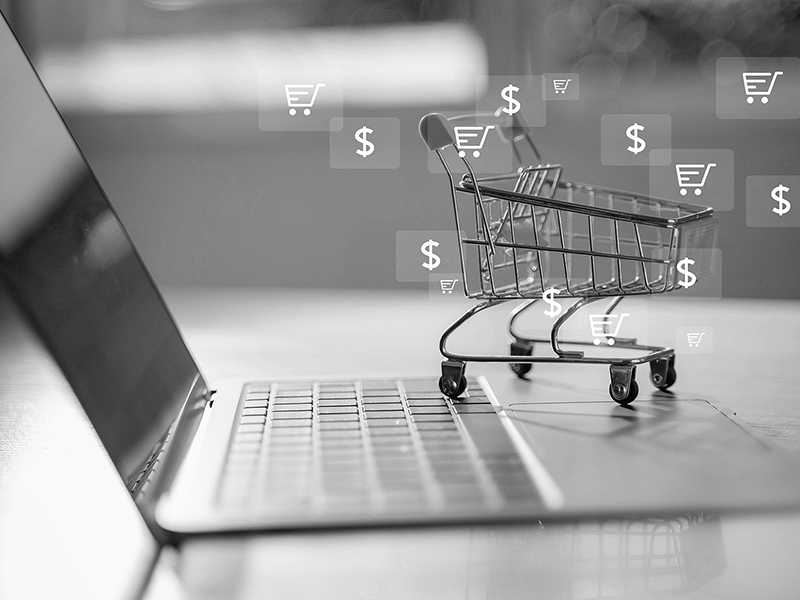
Digital printing is rapidly transforming the packaging for e-commerce market, offering faster turnarounds, reduced waste and more profitable short runs.
We caught up with Dr Sean Smyth, Smithers print consultant and author of new report
The Future of Digital Print for E-Commerce to 2028, to gain his unique insight into the key drivers and trends, and industry outlook for the next five years.
Sean has spent more than 25 years in senior technology and management positions for print businesses across the supply chain. Sean has extensive experience in digital printing. In his time with Smithers, Sean has authored many off-the-shelf market studies and has provided strategic consultancy services to a range of clients across the value chain.
How is digital print adapting to the growth of e-commerce retail?
As technology continues to develop, the total cost of inkjet printing is decreasing, and print manufacturing workflows have changed to make the process cost-competitive overall.
Electrophotography, (EP), will remain a small segment of the digital print for e-commerce market, but inkjet is well suited to adapt to the growth of e-commerce retail, as converters invest in high performance single pass production systems. Additionally, specialist integrations are growing where converters are adding inkjet heads to existing mailers, bags, and box-making equipment. This means that inkjet is being trialled and used in a wider range of industries such as other consumer goods, including hygiene products. Moreover, inkjet is being used in in new and developing e-commerce advances such as right-sizing, meaning that more inkjet equipment is being used in warehouse and distribution centres which holds further growth opportunities for future industry development.
What is the impact of sustainability on digital print for e-commerce packaging?
Consumers want more sustainable and efficient packaging, and as a result, brand owners and packaging converters are having to adapt all packaging, including e-commerce packaging. The general trend and aim of digital print for e-commerce packaging is to move toward recyclable and reusable materials, with fibre-based and corrugated materials growing in share. Flexible films are moving to mono-materials that are recyclable, and these films help reduce the weight and size of packs to maximise the shipping efficiency.
Digital on-demand printing and packaging making, helps avoid over packaging, eliminating voids, which then need to be filled by other packaging types and materials. Legislators are firmly looking at this as a way of making packaging more ‘sustainable’ by reducing the amount of waste that comes from the e-commerce sector. E-commerce is in a very exciting situation where the demand for more sustainable packaging has facilitated e-commerce packaging innovations to become leaner and more efficient – ‘necessity is the mother of invention’, after all.
What opportunities await digital print for e-commerce over the next five years?
As this is such a booming industry, there are significant opportunities on the horizon for digital printing within e-commerce packaging, and the wider packaging industry.
Short-to-medium run length printing is suited to digital printing because short-run printing is fast; it uses digital technology and publishing software that doesn't involve a lengthy set-up of custom printing plates as we would traditionally see from analogue printing. There are more benefits from digital print; every package has the potential to be unique, increasing efficiency for logistics while offering an additional functionality, for example, in brand protection or personalisation. With the ease of changing messaging on packaging, there is an added bonus which allows targeted messaging to the recipient, either as a personalised offer or versioning to individual segments. For example, brands can run ads on social media platforms and use e-commerce for target audiences.
What are the main threats the industry needs to be wary of going forward?
In the short term, economic uncertainty has slowed down the growth of digital print for e-commerce packaging over the past couple of years. It is not just specific to this industry, however, and is a trend global markets are well aware of.
Currently, e-commerce retailers are focusing on low costs and essential items which are in higher demand than luxury goods. There are examples of brands making their direct packaging suitable for distribution, avoiding the need for separate e-commerce packaging; these may be ordered with other items that still require packing so retailers and innovators are working out the optimal methods going forward to merge both methods of e-commerce retail.

